-
×

-
×

-
×
 Purple Vampire Crab - Geosesarma Dennerle - Decapod Crustacean
4 × £7.74
Purple Vampire Crab - Geosesarma Dennerle - Decapod Crustacean
4 × £7.74 -
×

-
×

-
×

-
×

-
×

-
×

-
×

Subtotal: £384.51

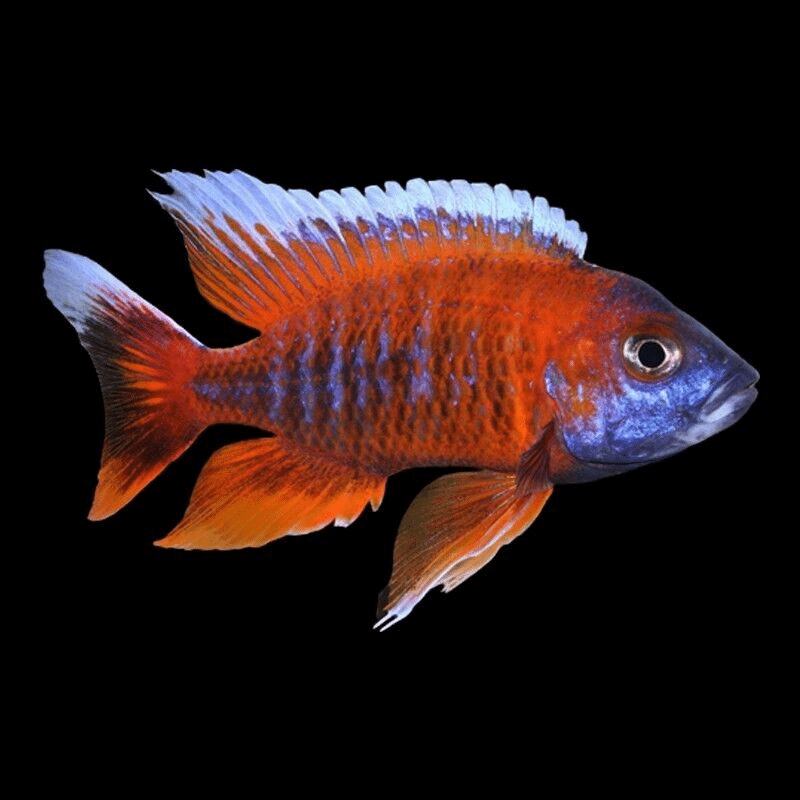
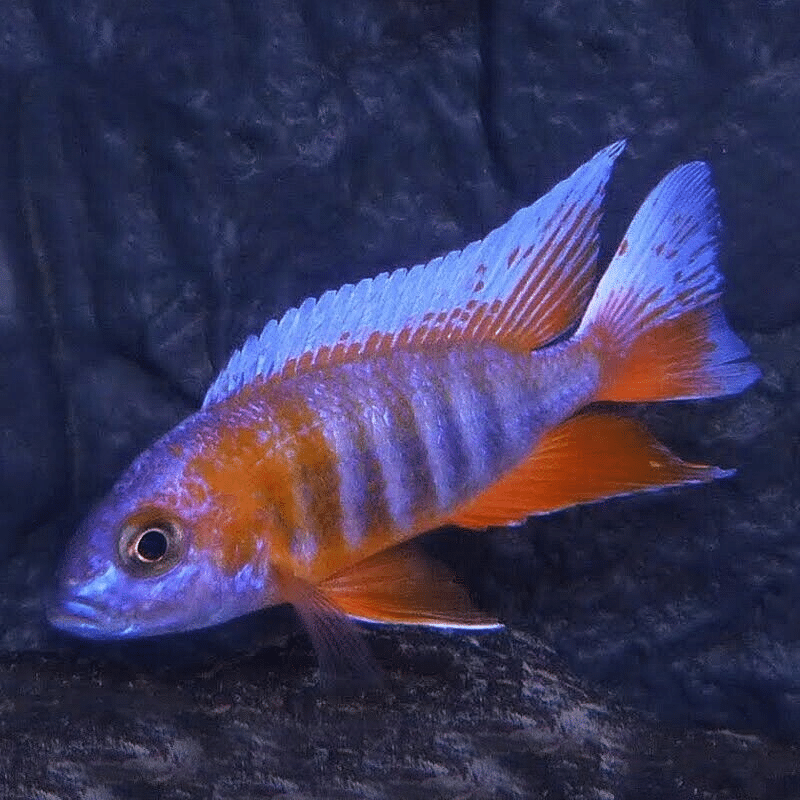
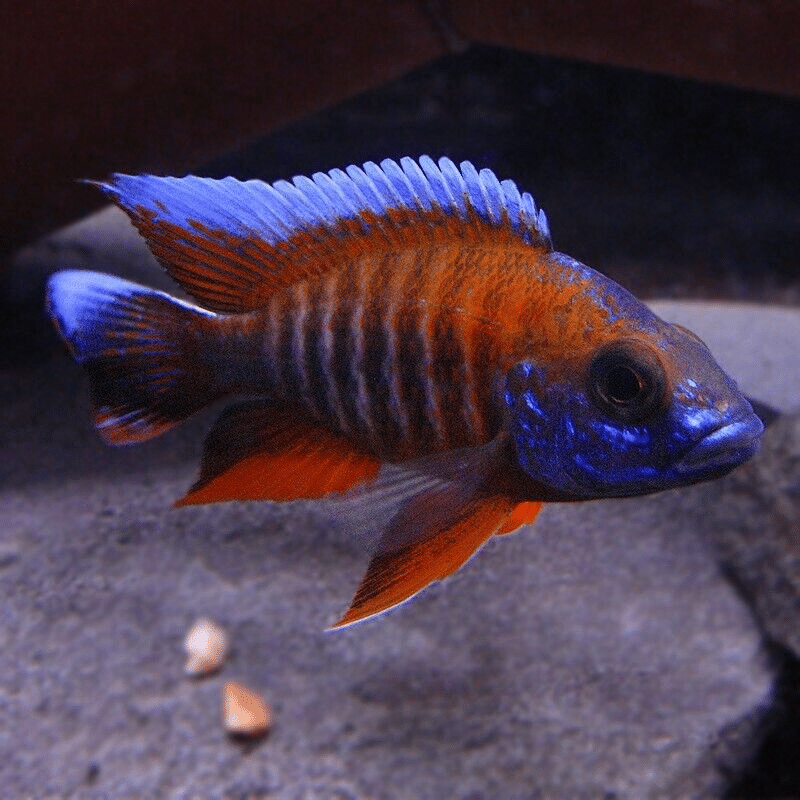
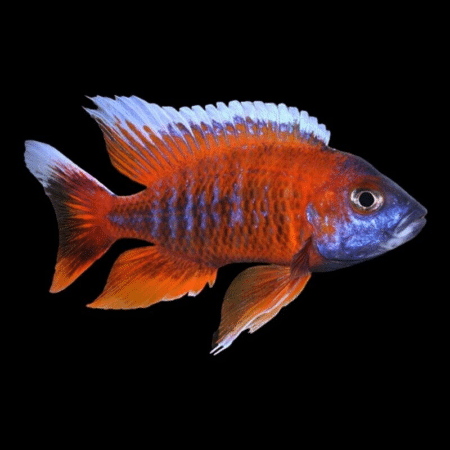
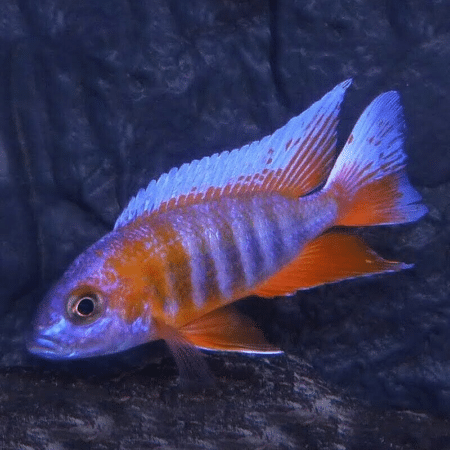
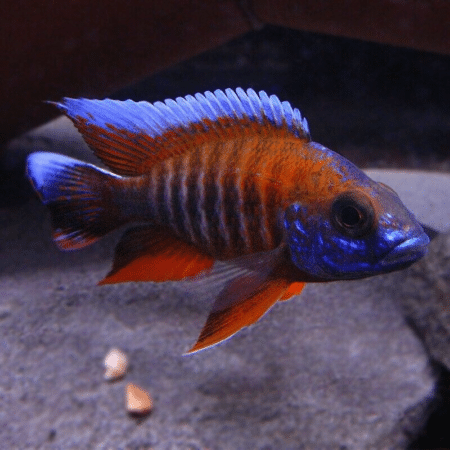









Jessica Lee (verified owner) –
I recently added the Eureka Peacock Cichlid (Aulonocara Jacobfreibergi) to my aquarium, and I couldn’t be happier! After just two weeks, this tropical fish has transformed my tank into a vibrant spectacle. The rich blue and orange hues are absolutely mesmerizing, making it a true centerpiece. They are not only beautiful but also have such a lively personality!
I love how this species is relatively peaceful compared to some other cichlids, which makes it perfect for my community tank. It interacts well with my other freshwater fish without aggression, a huge plus in my opinion.
I initially considered several other cichlid options, but the Eureka Peacock stood out to me due to its reputation for hardiness and the way it thrives in varied water conditions. After a week, I noticed it was already exploring every nook and cranny of the aquarium, showcasing its natural curiosity.
If you’re looking to brighten up your tank and enjoy an active, engaging fish, I wholeheartedly recommend the Eureka Peacock Cichlid. Just make sure you provide them with plenty of hiding spots and swimming space! I can’t wait to see how this little gem continues to flourish in my aquarium.